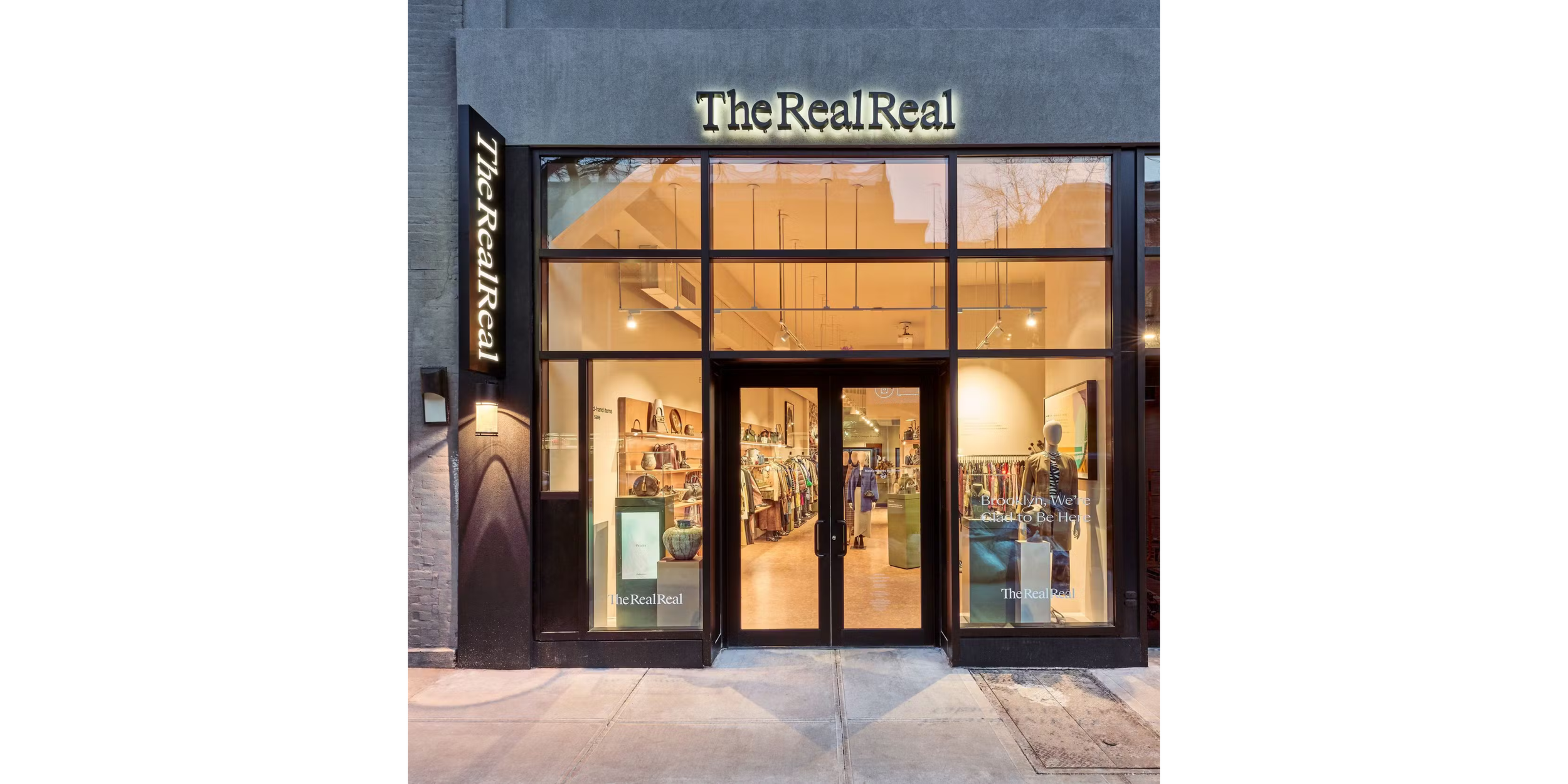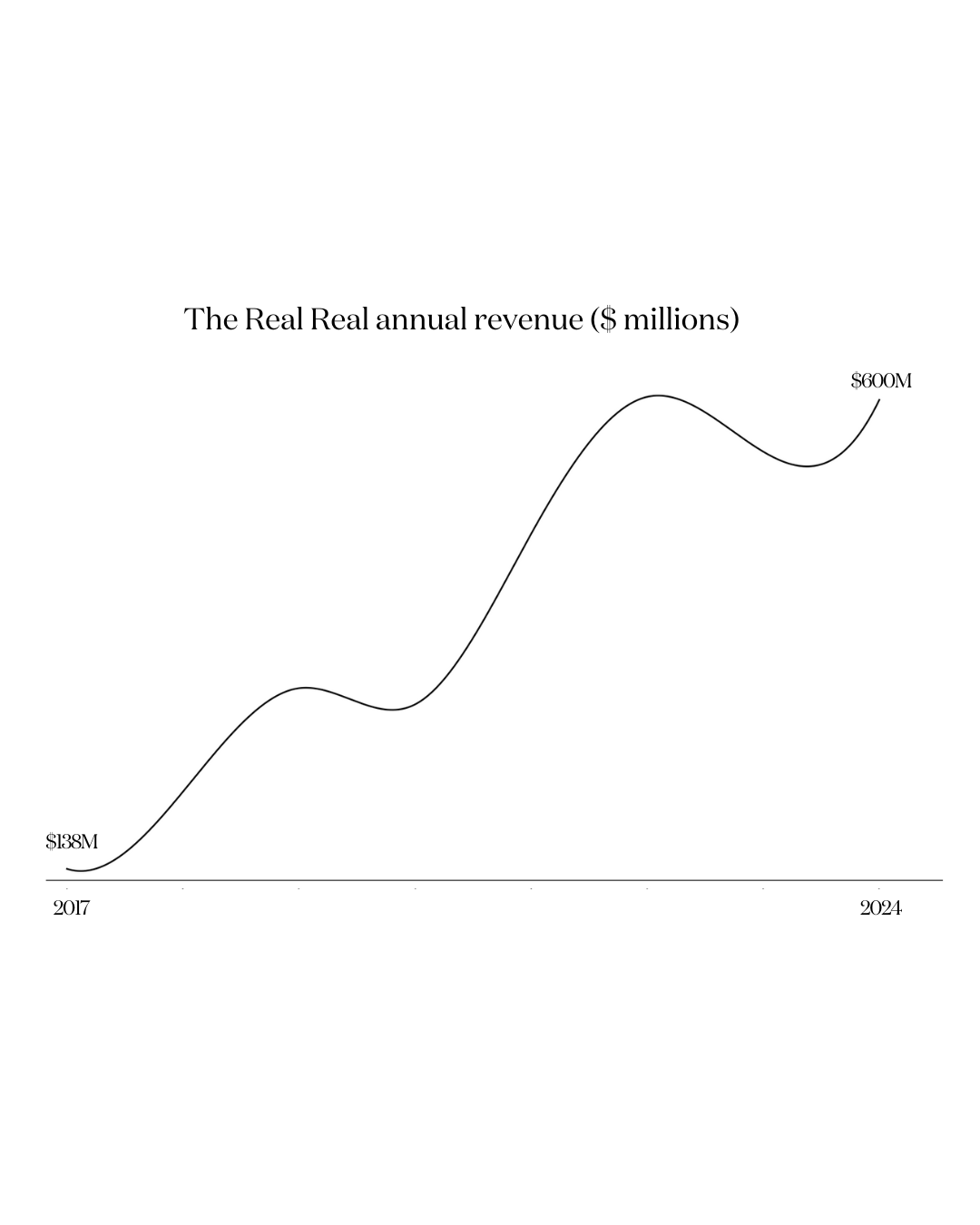The Best Fashion Isn’t in Stores. It’s in Circulation.
Fashion has always been about what’s next. New collections, new trends, new drops. But right now, newness feels kind of… irrelevant.
These days, secondhand shopping isn’t just an alternative—it’s becoming the first choice. The resale market is growing at 2.7 times the rate of new apparel, expected to hit $367 billion by 2029. Online resale in the U.S. is projected to double in the next five years. But it’s not just thrifting. It’s luxury, it’s vintage, it’s high-value investment pieces. The demand for archival designer is up 201%. The best fashion isn’t in stores anymore—it’s already in circulation.
This shift is deeper than resale being "trendy." It’s about the fact that fashion, as a system, is having an identity crisis. For decades, the industry ran on exclusivity, ownership, and access. Now, consumers are bypassing traditional retail entirely. They’re choosing secondhand over new, not because they have to, but because it makes more sense. It’s smarter, it’s better quality, and in some cases, it’s even more expensive.
So what does this mean? If fashion is no longer about newness, then what is it about?
The Death of the Trend Cycle
The whole point of trends was that they created demand. The fashion calendar was designed to push people into wanting the next big thing, season after season. But something broke. The pace of trend cycles sped up so fast that they burned out. TikTok made micro-trends last weeks instead of years. "Clean girl" turned into "mob wife" turned into "coquette-core" in the span of a few months. Fast fashion brands tried to keep up, churning out copies of copies of copies. But now people are sick of it.
The data backs it up. Nearly 50% of consumers say they’re cutting back on low-quality, trend-driven purchasesbecause they can’t resell them. Resale platforms are seeing a massive surge in demand for unbranded vintage, meaning people aren’t just rejecting trends, they’re rejecting logos, hype, and anything that feels too mass-market.
The resale boom isn’t just about money. It’s about the fact that people don’t want to look like social media clones anymore.
Investment Dressing and the New Status Game
For a long time, fashion was about what you could afford. The hierarchy was clear—fast fashion at the bottom, luxury at the top. But now? That line is blurring.
Luxury resale is proof that value isn’t about price—it’s about longevity. People aren’t buying designer to keep up with trends. They’re buying it because it holds value. The resale price of luxury bags has outpaced inflation. Watches and fine jewelry are selling at all-time highs on secondhand platforms. People are treating fashion like an asset, because in some cases, it actually performs better than stocks.
The brands don’t control pricing anymore—resale platforms do. The people flipping luxury goods do. The consumer decides what something is worth.
The best part? The resale-first mindset is making exclusivity even more real. It’s one thing to walk into a store and buy a new bag off the shelf. It’s another thing to track down an archival piece from 1999 that no one else has.
The End of Retail as We Know It?
The biggest shift in all of this isn’t just how people shop—it’s how they think about shopping in general.
There used to be a clear pipeline:
See a trend → Buy into it → Move on to the next thing.
Now, people are treating fashion more like curation than consumption. The idea of just buying what’s available feels outdated. Why settle for this season’s version of something when you can find the original, the better-made, the already-iconic?
And let’s be real—new fashion isn’t exactly making a strong case for itself right now. Fast fashion is running out of ideas. Luxury brands are pricing themselves into oblivion. When Prada is selling a nylon tote for $1,500 and Chanel is charging $12K for a bag that used to be half that price, people start looking elsewhere.
If brands don’t figure out how to adapt to the resale-first mindset, they’ll be left behind. Because consumers are moving on.
So What’s Next?
The fact that resale is thriving isn’t surprising. The fact that it’s becoming the dominant way people engage with fashion is.
Fashion has always been about ownership, control, and influence. But right now, brands don’t own the conversation anymore—consumers do. The industry doesn’t dictate what’s desirable—resale markets do.
People are shopping for longevity. They’re rejecting trend cycles. They’re treating their wardrobes like portfolios.
The 2020s started with everyone dressing the same. Now? Individuality is back. And the future of fashion isn’t new—it’s already been worn.
This article is for informational purposes only and should not be considered financial advice.
Thank you to ThredUP for the insightful report on the state of resale.
Thank you to The Real Real for their Resale Report.


